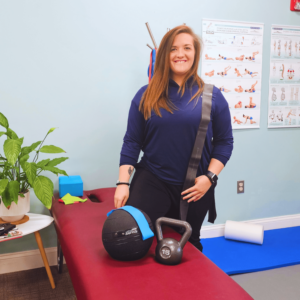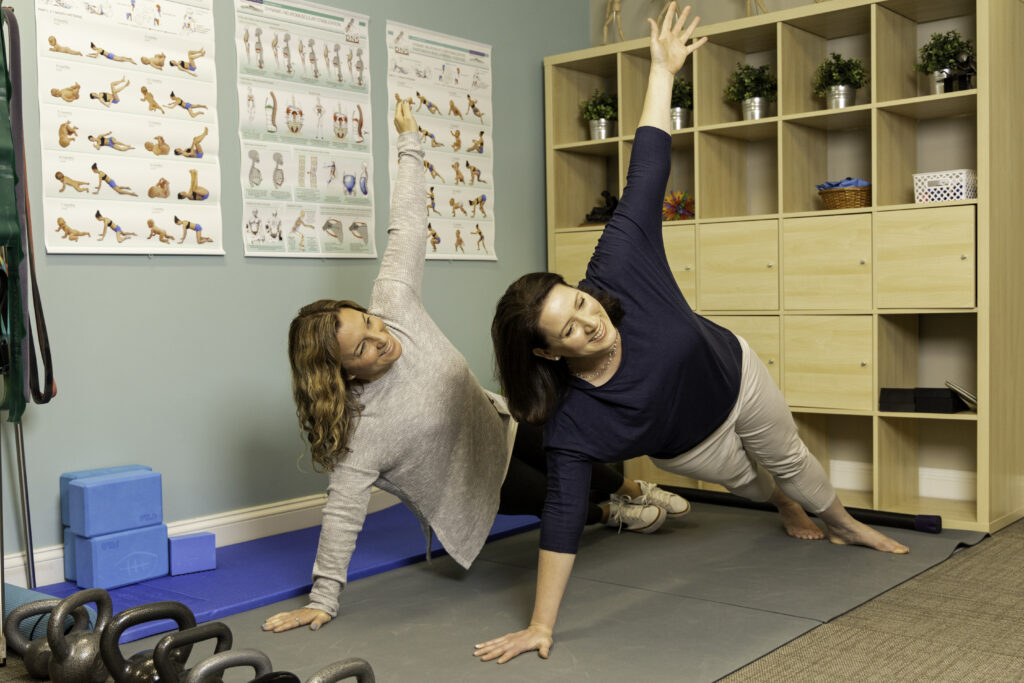If you want to create an exercise program and get the most out of it, consider why you want to exercise. What is your purpose? Is it fitness and wellness? Is it about weight reduction or management? Or maybe it’s for stress reduction – but whatever your purpose, you must keep it in mind when you are developing the habit of exercise. Begin with the end in mind – think about what you want to accomplish, and concentrate your attention on moving toward that outcome.
The Mayo Clinic says that “exercise in almost any form can act as a stress reliever.” Some people like strength and resistance exercises like weight-lifting or running, others like smooth and subtle movements like yoga or Tai Chi.
But whatever style of exercise you choose, it’s likely to help you handle the stresses of your life better. Here are five guidelines on setting up an appropriate exercise program for yourself and your family.
1. Start at your level. It makes no sense to start too fast – it won’t get you there any quicker, and risks injury, exhaustion or frustration. If you are already somewhat fit, begin your chosen exercise with patience as well as enthusiasm – pace yourself.
If you have not or someone in your family has not exercised much recently, it’s essential to start very slowly. In fact, you may want to consult your family doctor of chiropractic, medical doctor or personal trainer, someone knowledgeable on the subject, for some advice on the appropriate exercises, intensity, or length of sessions.
The Department of Health and Human Services suggests 150 minutes each week of moderate exercise like walking or swimming, or 75 minutes of intense exercise like running, plus two strength and resistance workouts, like weightlifting or stretching therapy bands.
2. Commit to a schedule. Look at your weekly calendar, and decide where the natural windows are available for inserting your exercise sessions. If you are going to exercise three, four, five days a week or more, you may want to pick a time of day, like early morning or late afternoon.
Or, if your schedule varies from day to day, you’ll need to patch exercise sessions into whatever slot will accommodate you – but if you’re serious about exercise, especially as a stress reducer, you’ll need to arrange your week accordingly.
3. Enjoy yourself. Since almost any exercise will turn on your endorphins, reducing your stress and making you feel better, choose something you like doing, so you want to do it. Until you make it a habit, you’ll have to overcome the natural inertia that’s left over from your pre-exercise days. If you pick something you get pleasure from, like walking on the beach, playing a favorite sport, riding a bike, or practicing martial arts, as just a few examples, it’s more likely that you make them part of your lifestyle instead of just something that you force yourself to do.
4. Persist until the new habit is established. Conditioning a new behavior may take weeks or even months – that’s why it’s so important to decide on a schedule and commit to it, and to pick something you like doing. You’re creating new patterns of activity for yourself, which build muscle and give your brain more to work with, so you become not only healthier, but better in every way.
5. Choose targets. Keep track of your accomplishments, and aim for the next level of achievement, as it fits your objectives. Find ways to measure or calibrate your success – weights, times, repetitions, pounds lost, or whatever works for you. Charting your progress is fun and productive, and keeps you growing and moving forward.
Some people like to exercise on their own, while others like to have a buddy or accountability partner. Some like to do the same routine for years, while others prefer to change up their exercise program, daily, weekly, monthly or seasonally. Some like vigorous activity, others prefer something more mellow and meditative – but that’s the beauty of exercise. No matter what exercise you do, it will help you unwind, ease your stress and make you feel better overall





